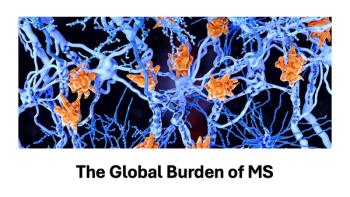
Research and Funding Essential to Improving Postpartum Hemorrhage Outcomes
Ways health systems can support care teams treating postpartum hemorrhage and the potential impacts of the Trump administration’s diversity, equity and inclusion (DEI) policies, according to Abigail Wooldridge, assistant professor of Industrial and Enterprise Systems Engineering at the University of Illinois.
Proper organizational structure is important to correctly respond to postpartum hemorrhage in the delivery room, methods that are funded by research, according to Abigail Wooldridge, assistant professor of Industrial and Enterprise Systems Engineering at the University of Illinois. The Trump administration’s focus on eliminating diversity, equity and inclusion (DEI) programs may challenge research funding.
“As an engineer, when I hear that different groups of people have different risk levels or different outcomes, I start wondering, ‘why?’ Understanding the ‘why’ is what we need to ensure everybody has access to the most positive outcomes that they can,” Wooldridge said in a video interview with Managed Healthcare Executive. “I am concerned that we might lose a little bit of focus on understanding the ‘why.’ We really need to continue the research that is going to impact and advance the health and well-being of our nation through the HHS and the NIH.”
A team led by Wooldridge recently published a study in healthcare about safety culture within delivery rooms, specifically when dealing with postpartum hemorrhage. The study advocates for a systems-based approach versus training alone.
“If you can put into place structures that don't rely on having repeated training every six months or so, you're probably going to have better outcomes,” Wooldridge said.
She recommends teams work together regularly, get familiar with the idea of closed-loop communication and work in a delivery room with proper lighting with access to a designated supply cart.
Postpartum hemorrhage is one of the leading causes of preventable
Newsletter
Get the latest industry news, event updates, and more from Managed healthcare Executive.






















































